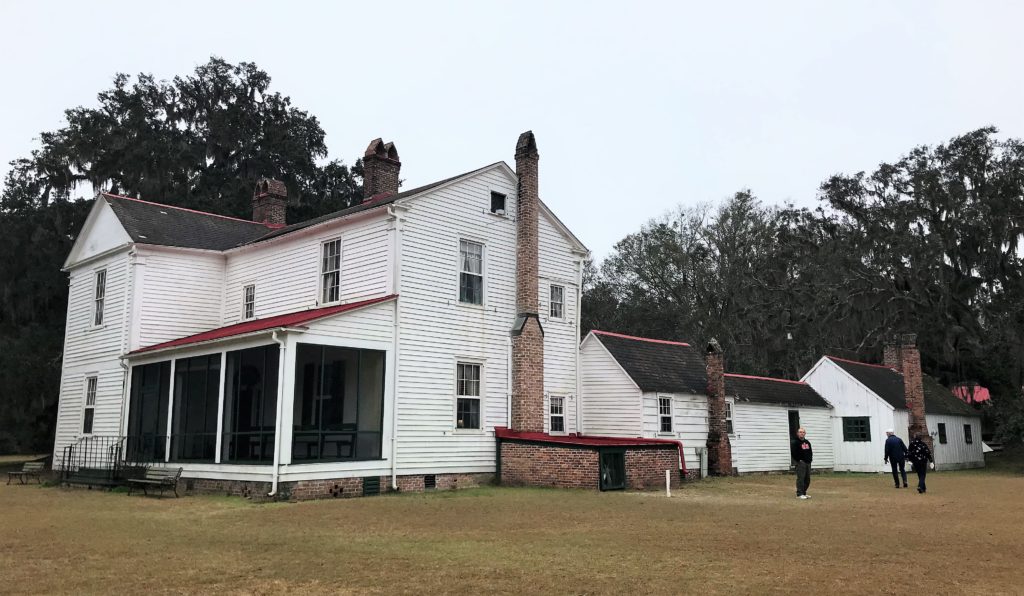
When people think of Georgia history, they think of stately mansions and cotton plantations. They think of Scarlet O’Hara and “Gone With the Wind.” I am thankful that we represent an earlier era at Fort Frederica, but slavery and plantations are a part of Georgia history. In order to explore that history further, Tom and I went with Mom and Dad to visit Hofwyl-Broadfield Plantation.
Hofwyl-Broadfield Plantation is a Georgia State Historic Site located on the banks of the Altamaha River just north of Brunswick. The same family owned the plantation for five generations from 1803 until 1973. William Brailsford of Charleston originally bought the land and carved a rice plantation from the marshes. Slaves from West Africa taught the South Carolina planters about growing and harvesting rice, making it a very profitable crop for the planters. Once Georgia became a slave state, the South Carolina planters soon moved in, bringing slaves and rice.
Rice continued to be an important crop in coastal Georgia until the Civil War. The museum at Hofwyl-Broadfield Plantation contains a good explanation of growing and harvesting rice. Growing rice is labor-intensive and difficult. Slaves cleared the swamps and built dikes and irrigation gates. Female slaves planted the rice in the muddy soil and then harvested it when it was mature. Threshing was accomplished with a mortar and pestle in early days and later by threshing mills. Finally the hulls were winnowed and the rice sold.
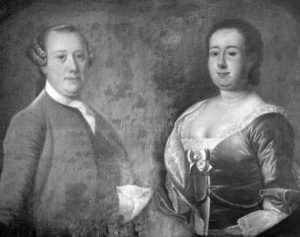
William Brailsford’s daughter Camilla married James Troup in 1813 and they took over the Hofwyl-Broadfield plantation. James acquired additional land, but a hurricane and bad management led to a debt of $70,000 dollars at the time of his death in 1838. His will instructed his heirs to pay off the debt without allowing them to sell any of their land or slaves. Although the family had over 7,000 acres and 350 slaves, they were nearly penniless.
Upon the death of James Troup, his children divided the land into three plantations and administered them, working to pay off the debt. The property preserved as Hofwyl-Broadfield Plantation today was owned by Ophelia Troup and her husband George Dent. They built the plantation house that currently stands on the land in 1851. After the Civil War the plantation was administered by the Ophelia and George’s oldest child James. James Dent worked hard to rebuild the plantation and make rice-growing profitable despite now having to pay his laborers.
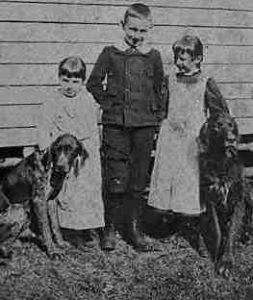
In 1880, James married Miriam Cohen and together they had four children, three of whom lived to adulthood. None of these three children – Gratz, Miriam, and Ophelia – married. They inherited the plantation after their parents died and lived on it for the rest of their lives. Gratz converted the rice plantation to a more cost-effective dairy in 1913. His sister Miriam ran the dairy. Gratz died in 1936 and Miriam died in 1953, leaving Ophelia the sole remaining heir to the plantation. Family genealogy is available here.
Ophelia left Hofwyl-Broadfield Plantation to the state of Georgia with the understanding that it would be maintained as a memorial to the family after her death in 1973. Today you can walk around the grounds, read about the family history, and take a tour of the house, still filled with family pictures and memorabilia. There is a charge to enter the site, but the movie, museum, and plantation grounds are worth it. There is a spectacular, huge live oak next to the house that predates construction of the plantation. We especially enjoyed reading about the history of the various buildings and people.
If you are in the area and appreciate history, Hofwyl-Broadfield is a good place to visit. It is generally closed Mondays and Tuesdays and major holidays. The rest of the time the Visitors Center, grounds, and plantation house are open from 9 until 5.


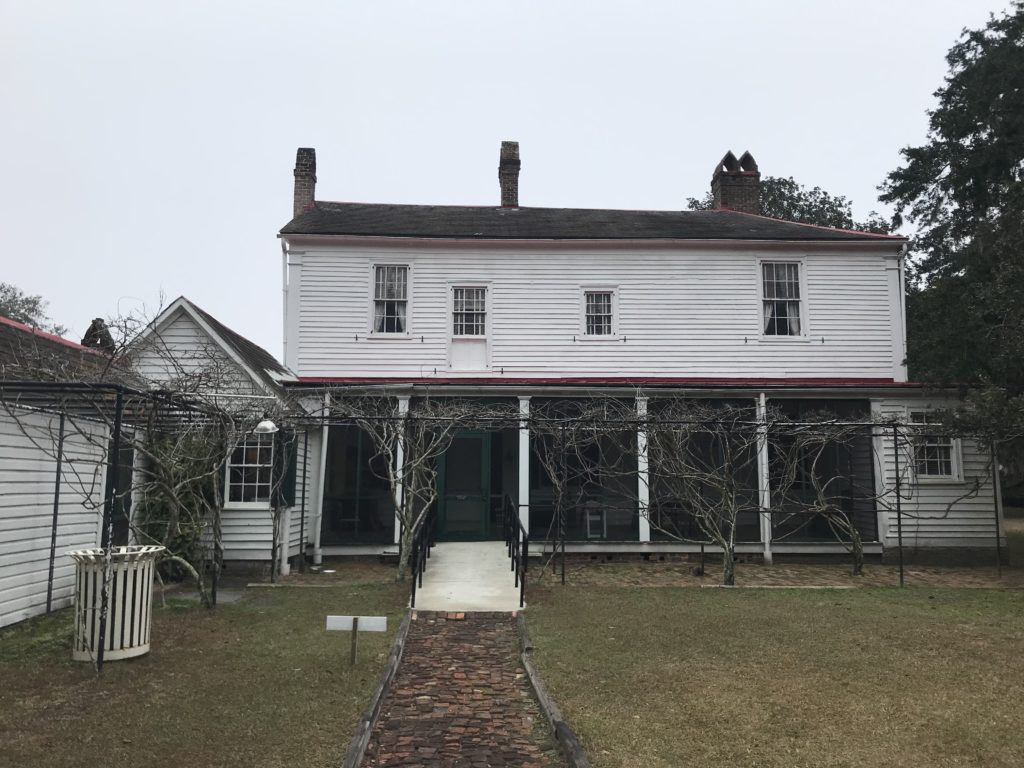
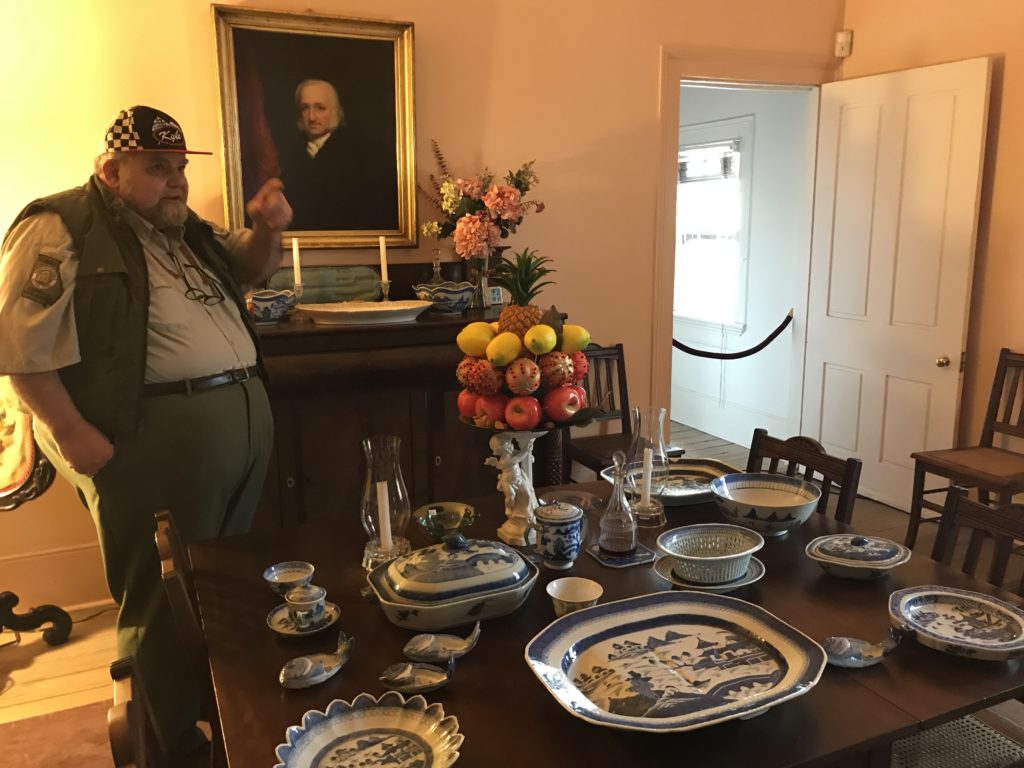
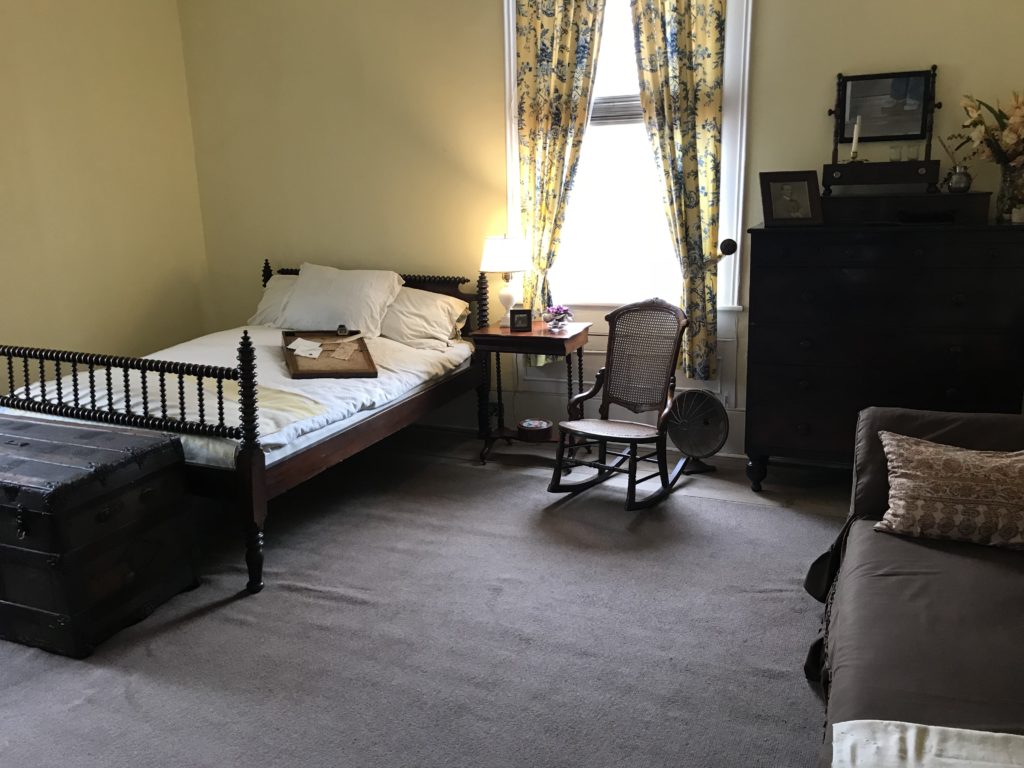
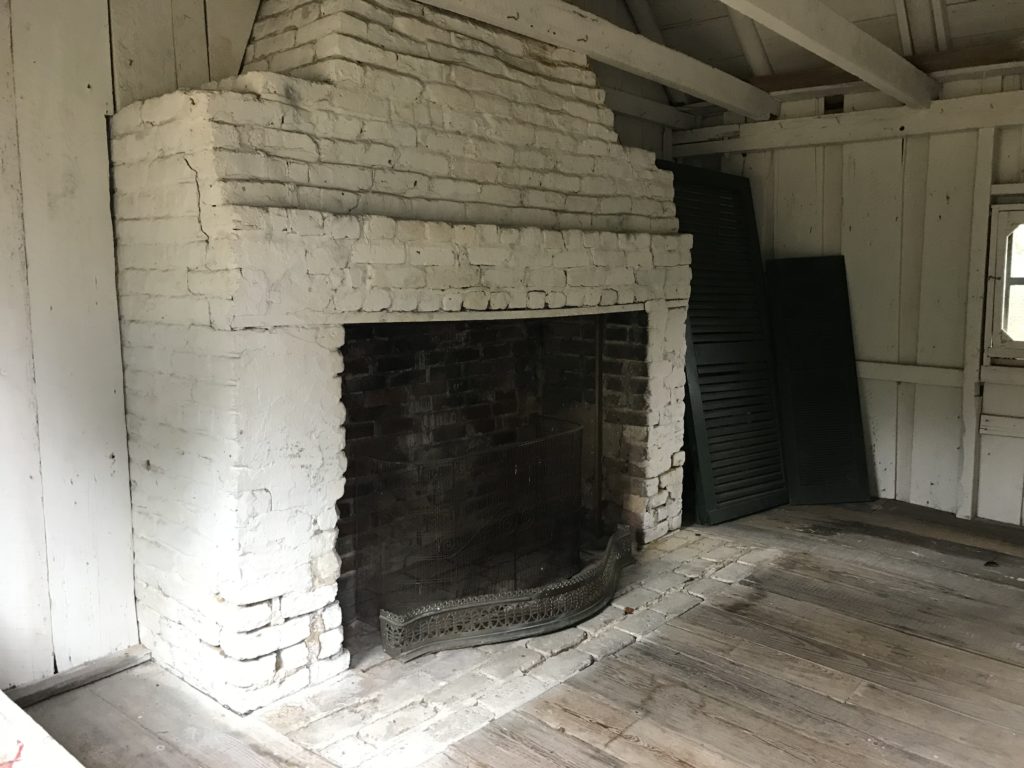
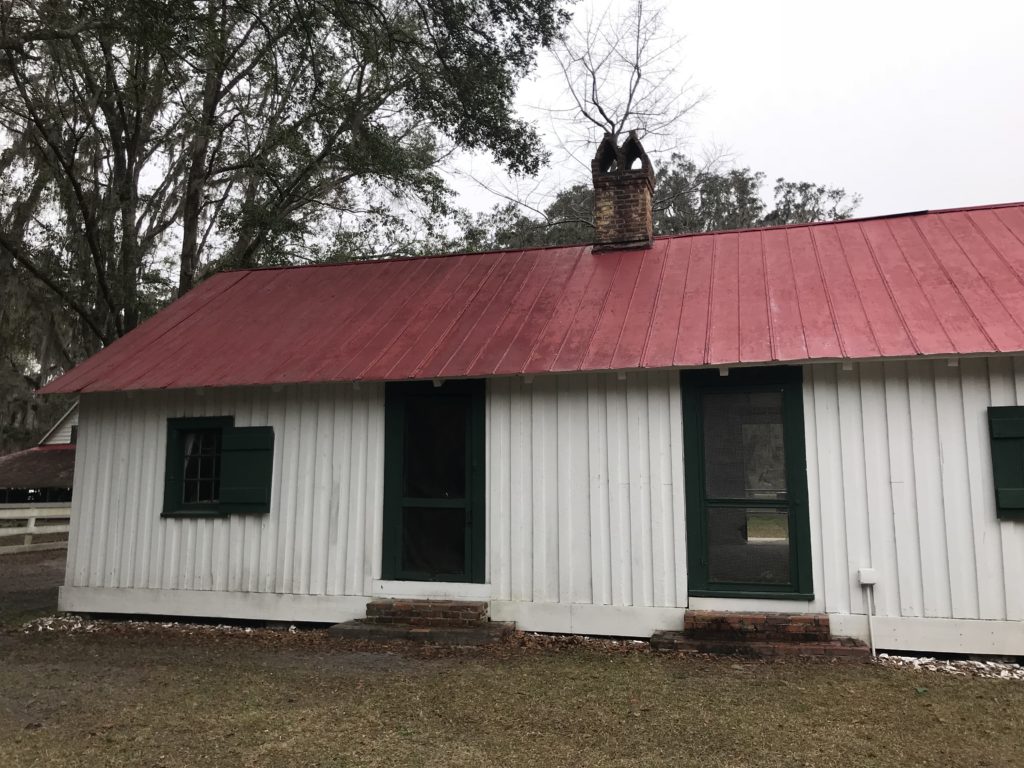
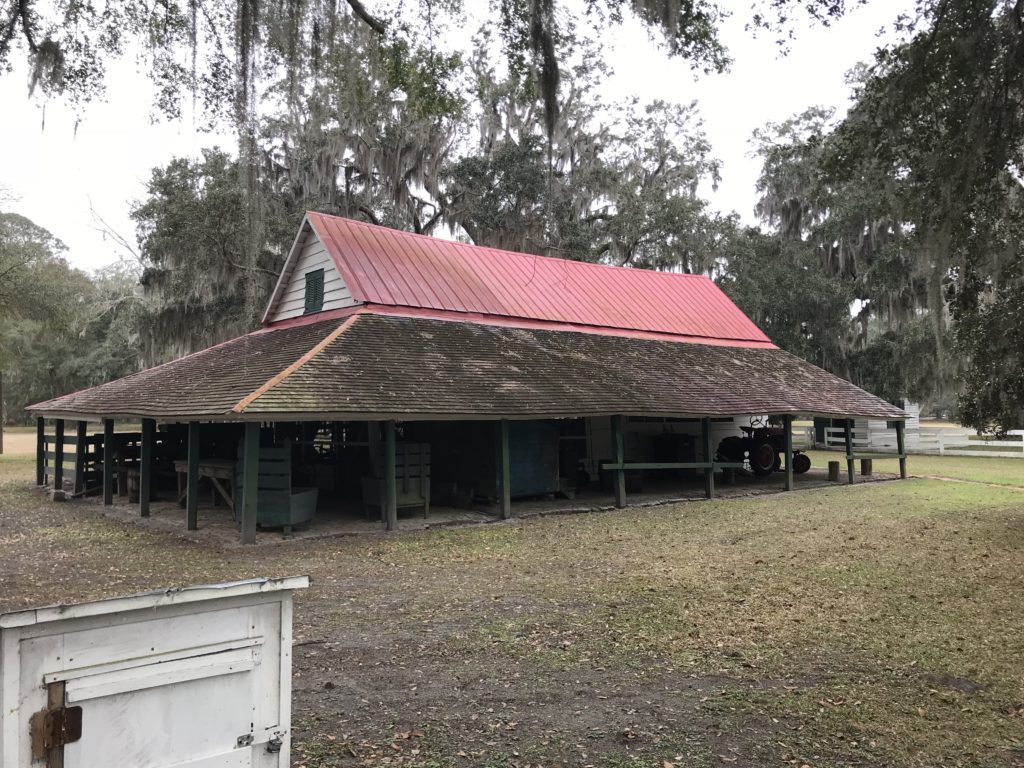
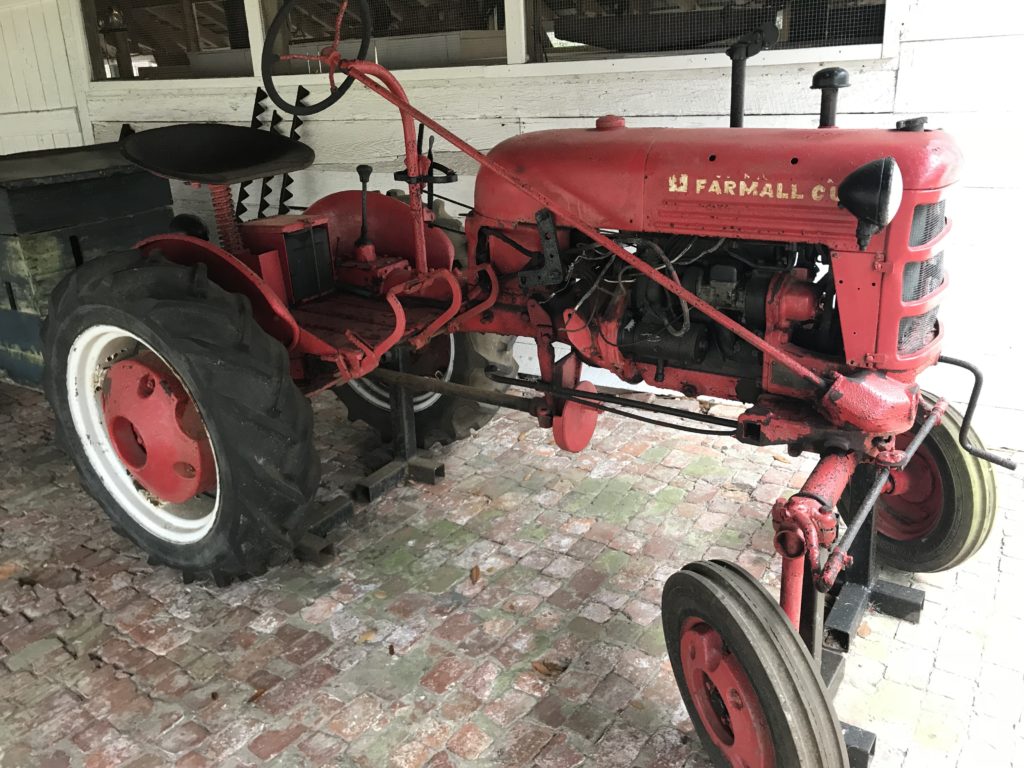
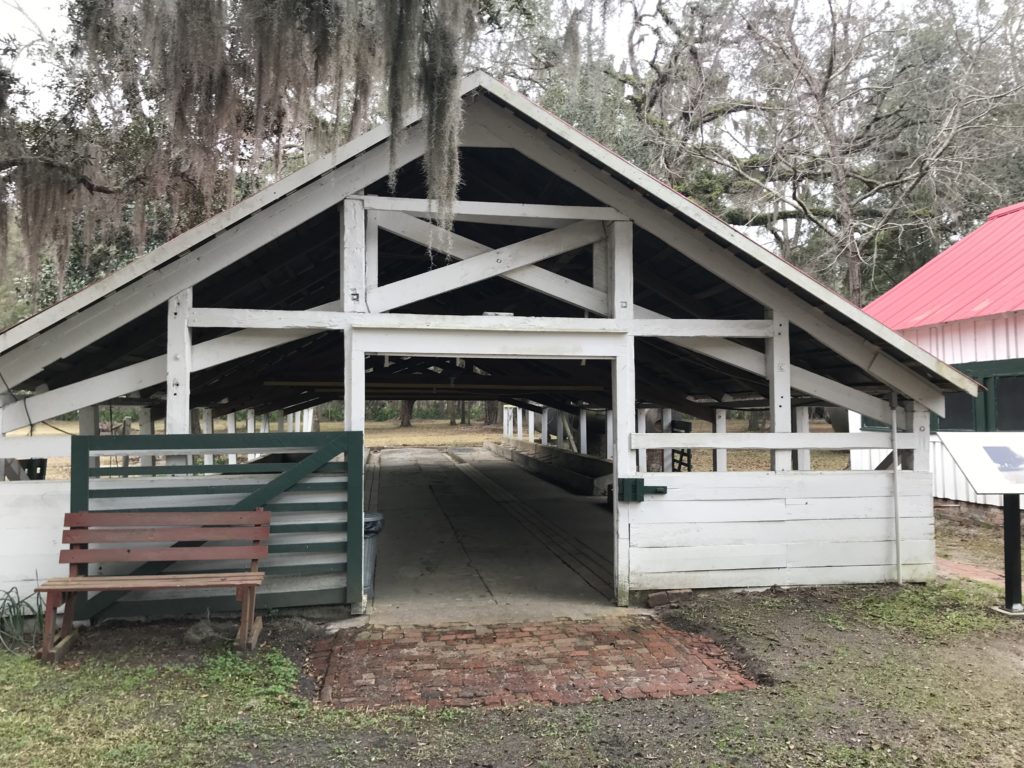
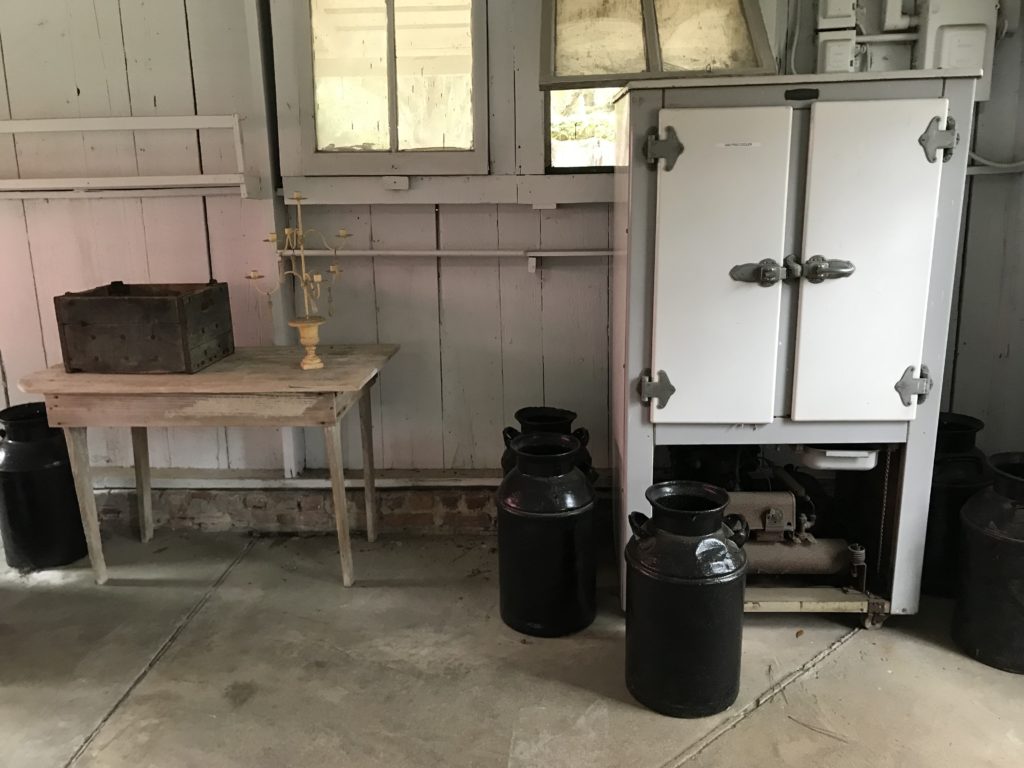
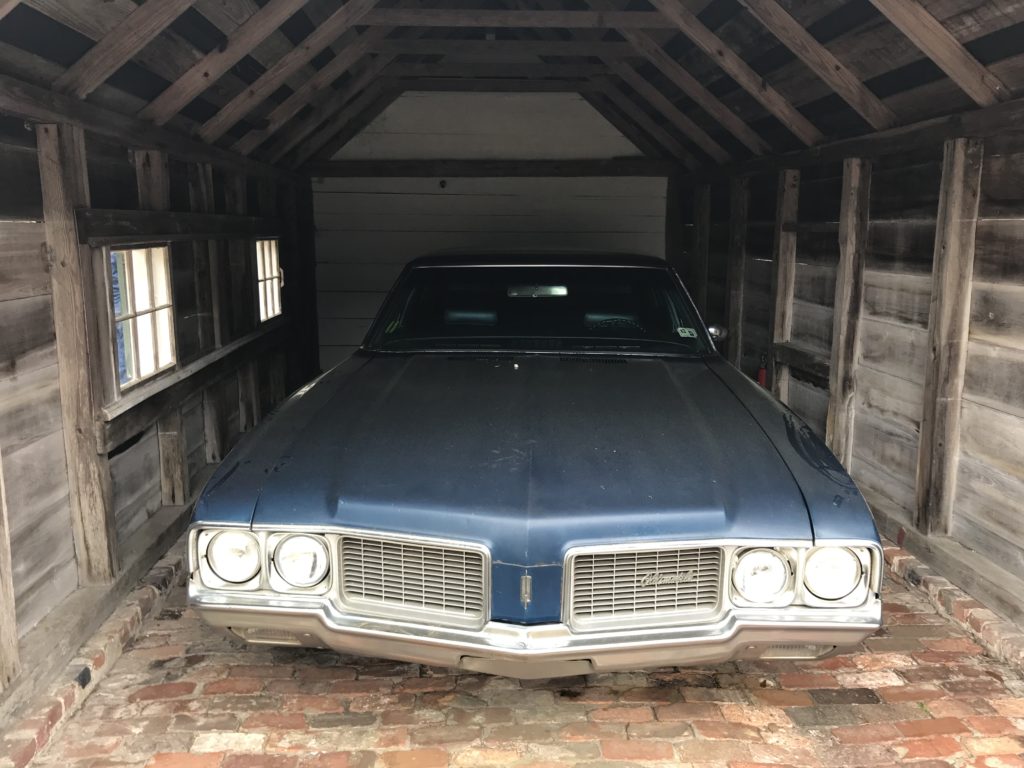
2 comments